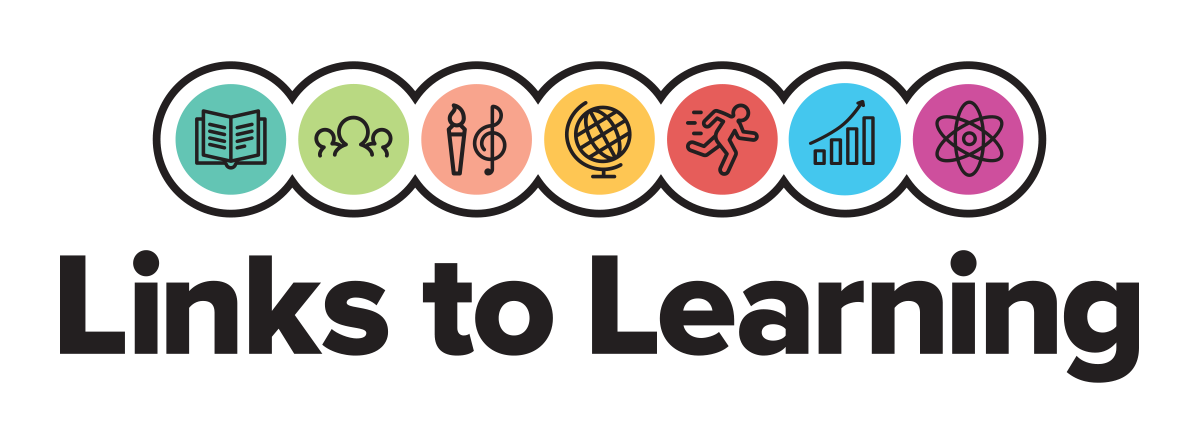- View All
- Topics
- Search
Topics
Blog Archive
-
2024 (28)
- December (2)
- November (3)
- October (2)
- September (3)
- August (3)
- July (3)
- June (2)
- May (2)
- April (2)
- March (2)
- February (2)
- January (2)
-
2023 (15)
- December (2)
- November (2)
- October (2)
- September (1)
- August (1)
- July (1)
- June (1)
- May (1)
- April (1)
- March (1)
- February (1)
- January (1)
-
2022 (13)
- December (1)
- November (1)
- October (1)
- September (1)
- August (2)
- July (1)
- June (1)
- May (1)
- April (1)
- March (1)
- February (1)
- January (1)
-
2021 (15)
- December (1)
- November (1)
- October (1)
- September (2)
- August (1)
- June (1)
- May (2)
- April (1)
- March (2)
- February (2)
- January (1)
-
2020 (11)
- December (1)
- October (2)
- September (1)
- August (1)
- July (1)
- May (2)
- March (1)
- February (1)
- January (1)
-
2019 (12)
- December (1)
- November (1)
- October (1)
- September (1)
- August (1)
- July (1)
- May (2)
- April (1)
- March (1)
- February (1)
- January (1)
-
2018 (12)
- December (1)
- November (1)
- October (1)
- September (1)
- August (1)
- July (1)
- June (1)
- May (1)
- April (1)
- March (1)
- February (1)
- January (1)
-
2017 (12)
- December (1)
- November (1)
- October (1)
- September (1)
- August (1)
- July (1)
- June (1)
- May (1)
- April (1)
- March (1)
- February (1)
- January (1)
-
2016 (12)
- December (1)
- November (1)
- October (1)
- September (1)
- August (1)
- July (1)
- June (1)
- May (1)
- April (1)
- March (1)
- February (1)
- January (1)
-
2015 (12)
- December (1)
- November (1)
- October (1)
- September (1)
- August (1)
- July (1)
- June (1)
- May (1)
- April (1)
- March (1)
- February (1)
- January (1)
-
2014 (6)
- December (1)
- November (1)
- October (1)
- September (1)
- May (1)
- April (1)




At-Home Math Activities for Infants through Pre-K
In our classrooms, students learn the foundations of addition, subtraction, and geometry by sorting objects by color and shape or by graphing weather patterns. Below are a few easy, age-appropriate activities to continue the learning at home.
Infants (0-1 year)
Books are a great way to introduce your child to numbers while also boosting their literacy skills. Some of our favorite titles include, Counting Kisses by Karen Katz, Ten, Nine, Eight by Molly Bang, More, More, More Said the Baby by Vera B. Williams, and Black and White by Tana Hoban.
Toddlers (1-2 years)
Find empty containers of various sizes around your home. Provide your child with dry pasta or rice and create a pouring station where they can practice filling and dumping the containers. Narrate their actions and use math vocabulary, such as “empty”, “full”, “heavy”, and “light”.
Beginners (2-3 years)
During your child’s nighttime routine, look for opportunities to discuss quantities. For example, during bath time ask, “How many scoops of bubble bath solution should we add to the bath tub tonight?” or “How many books should we read?”
Intermediates (3-4 years)
When you’re at the grocery store with your child, point out and identify the difference between letters and numbers. For instance, show your child a sales tag with numbers and a box of cereal with text. Ask if they can identify any of the numbers or letters.
Pre-K (4-5 years)
Encourage your child to use a shoe as a measurement tool. Ask, “Can you show me four things in the room that are shorter than your shoe and four things that are longer than your shoe?” Use math vocabulary, such as “measure”, “compare”, “length”, “shorter”, and “longer” to discuss the objects your child measures.